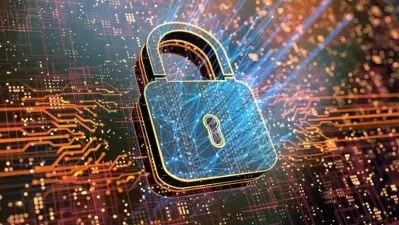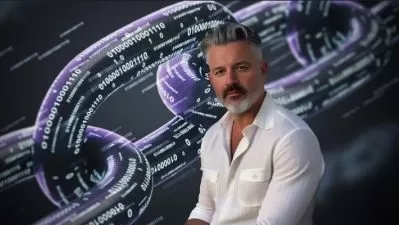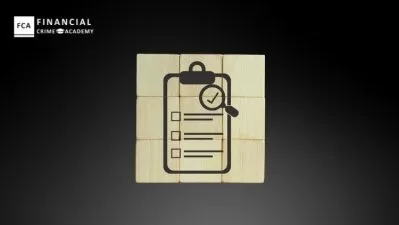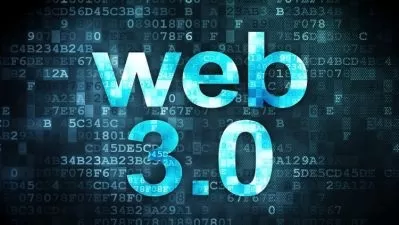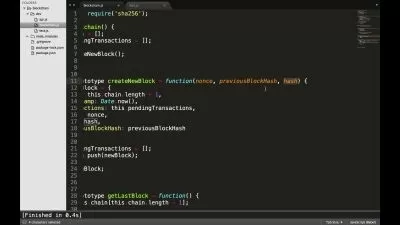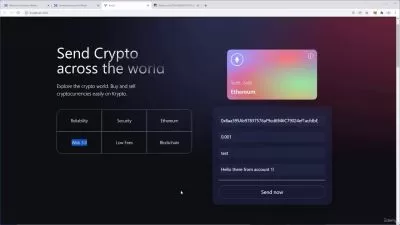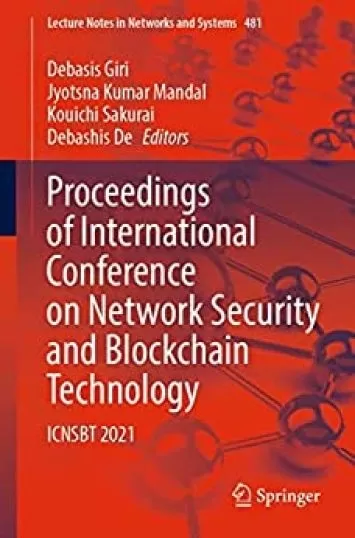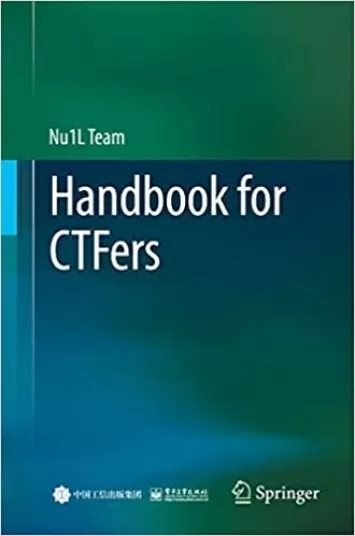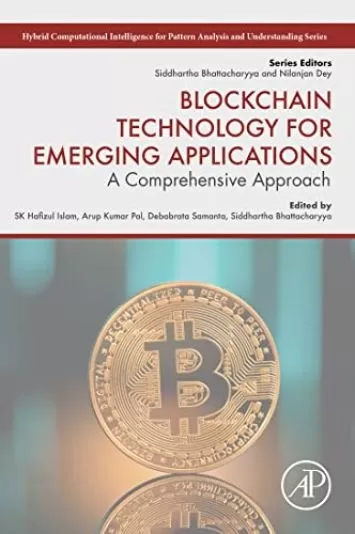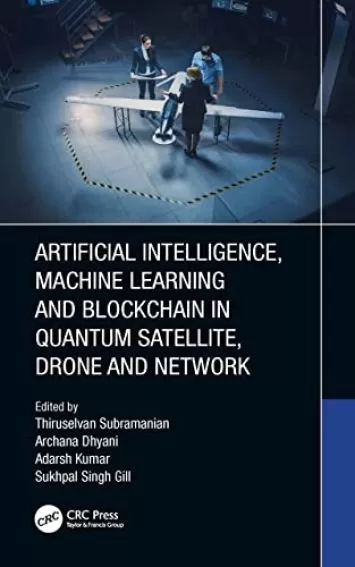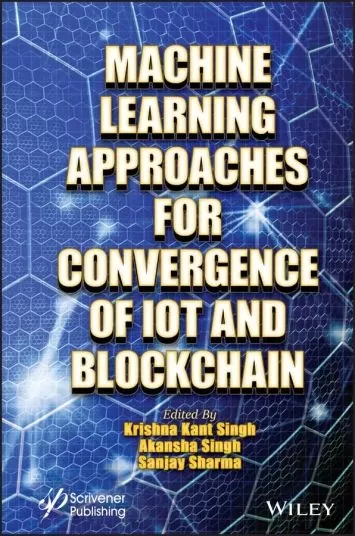About BlockchainLearn More
Blockchain is the technology behind cryptocurrency, smart contracts, and DAPPs (Decentralized Applications). A blockchain is a computer program that serves as a shared, unchangeable ledger that is completely transparent, highly secure, and viewable only by those on a permitted network. Blockchain classes on Udemy can teach you the intricacies of this growing and evolving technology.
Sort by:
Sorting
The newest
Most visited
Course time
Subtitle
Filtering
Courses
Subtitle
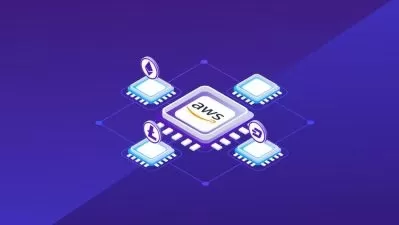
Udemy


Joseph Holbrook (The Cloud Tech Guy)
Getting to Know AWS Blockchain As a Service (BaaS) 2:29:57
English subtitles
04/29/2024

Udemy


Joseph Holbrook (The Cloud Tech Guy)
Decentralized Finance (DeFi) Fundamentals 1:36:40
04/28/2024
Subtitle

Udemy


Codestars • over 2 million students worldwide!
Complete Cryptocurrency & Blockchain Course | Learn Solidity 15:37:23
English subtitles
04/23/2024
Subtitle
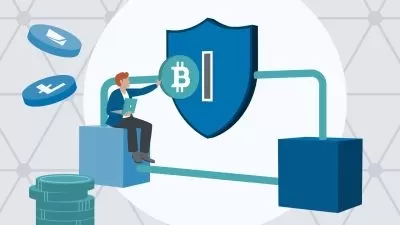
Linkedin Learning


Wolfram Research
Interacting with Blockchains in the Wolfram Language 34:48
English subtitles
03/28/2024
Subtitle
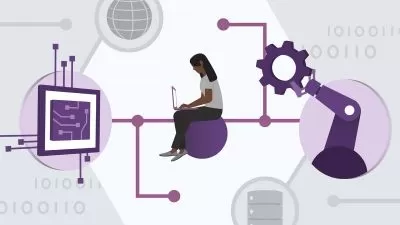
Linkedin Learning


Anil Gupta and Haiyan Wang
Digital Technologies Case Studies: AI, IOT, Robotics, Blockchain 43:32
English subtitles
03/13/2024
Subtitle

Udemy


Holczer Balazs
Learn Blockchain Technology & Cryptocurrency in Java 6:36:48
English subtitles
03/04/2024
Subtitle

SkillShare


Dave Slater
WEB3. py: Interact with the Blockchain using Python -2022- 1:43:54
English subtitles
02/28/2024
Subtitle

Udemy


Rahul Agarwal
Build a decentralized Library management app with solidity 2:29:20
English subtitles
02/18/2024
Books
Frequently asked questions about Blockchain
A blockchain is a certain kind of database, and like all databases, it is a collection of structured information. However, a blockchain stores information in blocks, which are chained together. Every piece of new data that comes into the blockchain gets put into a new block. These blocks get filled up with data, and after a block is filled, it is chained to the block that came before it. In this way, data is chained in chronological order. In the context of cryptocurrencies, blockchains are used as ledgers that keep track of financial transactions. They are also used to mine new cryptocurrencies. Nodes, which are computers run by individuals or organizations, solve mathematical puzzles, and when they are verified as accurate and legitimate, they get added to the blockchain. With bitcoin, for instance, the blockchain generates about 12.5 new bitcoins every 10 minutes.
Because a blockchain can provide a non-hackable record of interactions between people and computers, its uses are as unlimited as computers themselves. However, blockchains currently play a key role in several cryptocurrency-related functions, such as running cryptocurrency exchanges, voting on cryptocurrency governance policies, and selecting those who will be responsible for verifying transactions made on a currency's blockchain. Blockchains are used for non–currency-related tools, as well. Some of these include helping medical institutions share data, tracking music royalties, monitoring supply chains and logistics, providing insights into the effectiveness of advertising campaigns, processing real estate, running Internet of Things (IoT) systems, and creating original content, including artwork. Banks are also using blockchains to facilitate the international transfer of funds.
The primary difference between a blockchain and a traditional bank is that a blockchain provides a distributed ledger, while a traditional bank provides a ledger that the bank itself manages. Even though both a blockchain and a traditional bank provide ledgers that outline the details of transactions, a blockchain's entries come from a network of nodes that solve math puzzles and verifying the answers of others. In this way, a blockchain is decentralized—no single entity has control over it. Also, a blockchain consists of time-stamped computations that you can't change. In other words, they are immutable. No one can go to a block in the blockchain and alter its contents. With a traditional bank, someone with the right credentials can open a computer and change the transaction parameters, making traditional banks vulnerable to thieves and hackers.
The pros of the blockchain include the fact that it provides an immutable record of transactions that can never be altered, an unhackable infrastructure where all transactions are time-stamped and verified, and a virtually unlimited list of potential applications. Many transactions between people or computers can be made more securely with the use of a blockchain. In addition, with cryptocurrencies, you can use the blockchain to send funds across international borders for less than a penny and, depending on the blockchain you use, in seconds. Blockchains also come with some cons. In the context of cryptocurrency, if someone were to steal the code that identifies your wallet, they can send funds anywhere they want. Also, some blockchains require immense amounts of energy to function because of the energy used by the computers that solve the mathematical puzzles that power the chain.
Blockchain is a distributed database formed by a constantly growing list of records or transactions called blocks. The concept of a secure chain of blocks first appeared in 1991, but it wasn’t until a white paper describing its implementation was published under the pseudonym Satoshi Nakamoto in 2008 — and the appearance of bitcoin in 2009 — that it became a reality. While primarily being used to securely track and verify transactions involving cryptocurrency, it has potential for other applications due to its secure nature. Blockchain technology began to be used for more than just monetary transactions in 2014, and it has been applied to such uses as monitoring supply chains, data sharing, digital voting, real estate, and more.
First, learn the basics, such as blockchain concepts, terminology, architecture, and development tools. You’ll also need a working knowledge of cryptography and the blockchain ecosystem. After learning the basics, get familiar with how it's implemented in the real world. Many new blockchain developers like to start with purchasing and storing cryptocurrency. Next, try taking a course to learn coding for blockchain development. Solidity is the recommended platform, but you can also learn other open-source platforms. You’ll need to be able to create a block, make a blockchain, understand and implement a genesis block, add blocks to the chain and validate it, and perform test runs. Finally, you’ll need to learn Smart Contracts and how they relate to blockchain transactions.
Solidity is a programming language intended specifically for designing Smart Contracts and implementing them in blockchain transactions. It’s largely influenced by C++, JavaScript, and Python. You can also use it to develop decentralized apps (dApps) on the Ethereum blockchain. Because it is a language developed primarily for blockchain technology, it provides simplicity and flexibility to blockchain developers. Its importance for blockchain developers is that besides being used to build and deploy smart contracts, they can use it to create contracts for blind auctions, crowdfunding, multi-signature wallets, and voting.
Yes, blockchain is remarkably secure for several reasons. The first being that it cuts out the middleman, making the transaction private. Also, all transactions are verified as valid by multiple nodes called miners in the case of cryptocurrency blockchains. Although some still point to human verifiers as a source of security vulnerability, bitcoin miners have to verify the validity of their own work by a two-step process. First, they need to generate a unique fingerprint for their work on a specific block by solving a difficult numerical problem or some other test providing proof of work. Secondly, each block on the chain is subject to a “consensus protocol,” meaning that all the nodes networked for that piece of blockchain would have to agree that it is valid and not compromised. This requires not only vast amounts of work and computing power, but it needs to be done quicker than others if the miner wants to get paid.





